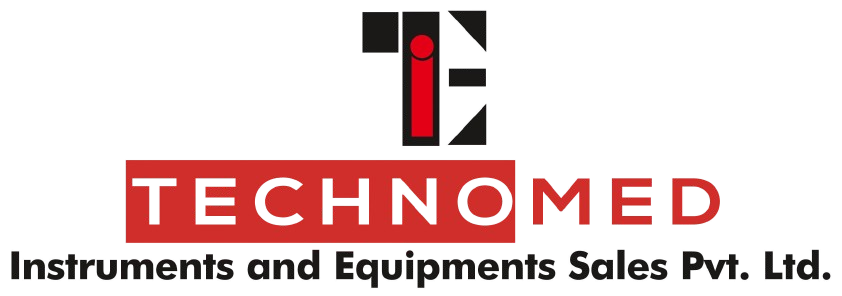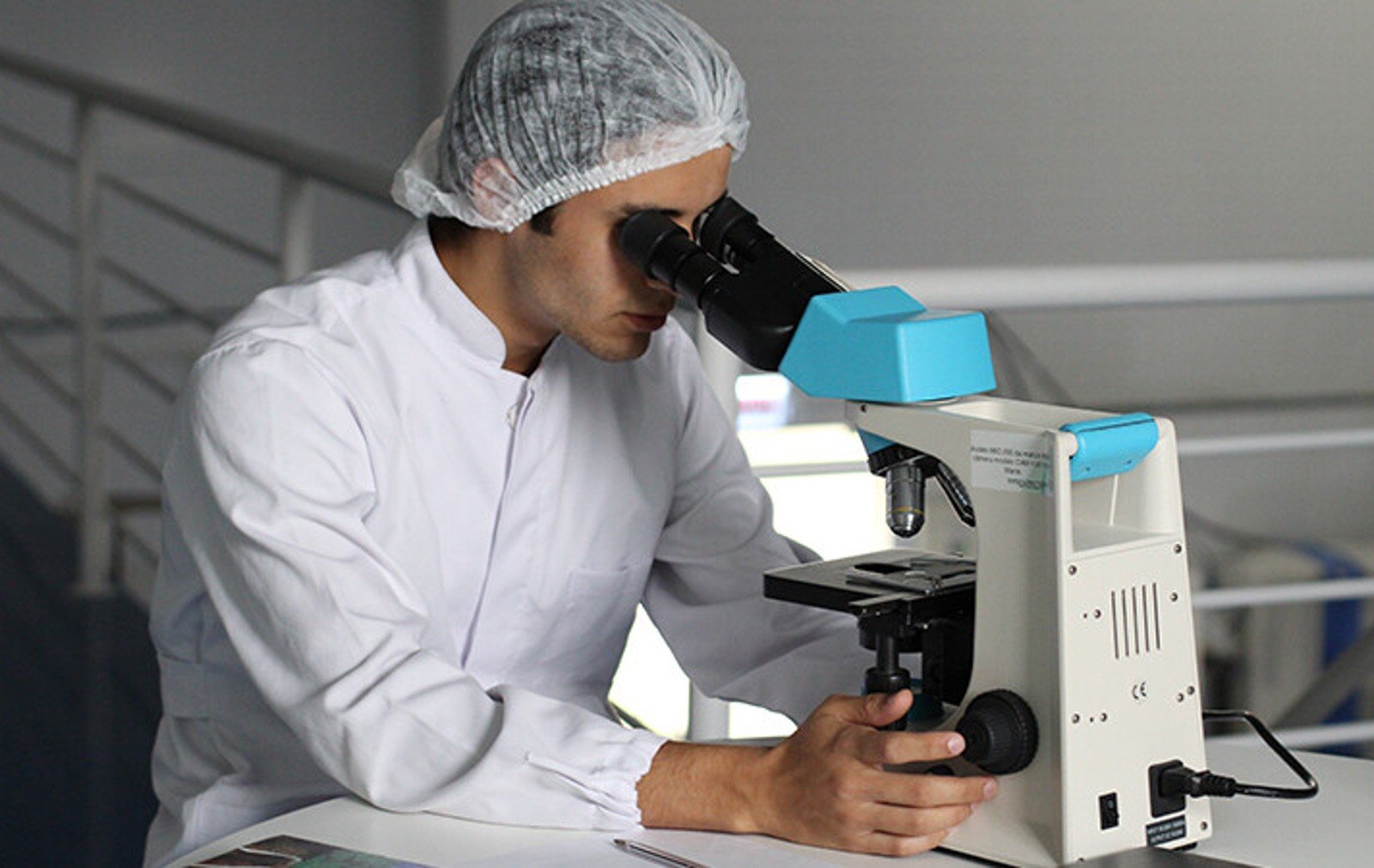The Importance of Devices for Remote Patient Monitoring
What is the meaning of RPM?
Remote patient monitoring (RPM) is the use of technology-enabled devices to collect and send health data from patients at home or in other non-clinical settings to healthcare providers for monitoring and management. These devices often measure and track patients’ vital signs, symptoms, and health factors, allowing for ongoing monitoring and proactive intervention.
RPM gives medical professionals the ability to remotely check on their patients’ health, identify any changes or irregularities, and take quick action to stop medical conditions from getting worse or becoming more complicated.
This strategy for healthcare delivery promotes patient-centered care, increases access to healthcare services, and improves patient outcomes by enabling early identification, timely intervention, and personalized management of health issues.
Importance of RPR?
Accessibility: Remote patient monitoring devices give healthcare services to patients who may be unable to visit traditional healthcare institutions owing to geographical limitations, mobility difficulties, or other constraints. This ensures that all persons, regardless of geography or circumstances, receive timely and essential medical care.
Chronic Disease Management: Remote patient monitoring technologies are essential for managing chronic diseases like diabetes, hypertension, and heart disease. They enable remote monitoring of patient’s health metrics, medication adherence, and lifestyle factors, which aids in proactive management and reduces the risk of disease exacerbation or complications.
Support for the Ageing Population: As the population ages and chronic diseases become more prevalent, remote patient monitoring devices can help manage the health needs of the elderly and patients with complex medical problems. They allow healthcare personnel to remotely monitor patients, provide continuity of care, and respond quickly in the event of a health risk, thereby improving the quality of life for aging populations.
Remote patient monitoring technologies assist save healthcare costs by promoting proactive management and early intervention, resulting in fewer avoidable hospitalizations, emergency room visits, and complications. By reducing needless healthcare use and improving patient care delivery, they encourage the more economical use of healthcare resources.
Data-Driven Decision Making: Healthcare professionals can make proactive health condition management decisions and make data-driven decisions by utilizing the important insights gained from the data acquired by remote patient monitoring devices. Healthcare practitioners can improve clinical outcomes by identifying risk factors, anticipating future complications, and customizing interventions to meet the needs of each patient by analyzing trends and patterns in patient data.
Convenience and Accessibility: Remote patient monitoring systems are more convenient and accessible for patients, especially those with chronic conditions or mobility limits. Patients can monitor their health from the comfort of their own homes, avoiding the need to travel to healthcare institutions and saving time and inconvenience. This convenience boosts patient satisfaction and adherence to treatment strategies.
In conclusion, remote patient monitoring devices are required to improve access to healthcare services, enable early detection of health issues, facilitate chronic disease management, lower healthcare costs, empower patients, improve patient outcomes, and meet the healthcare needs of aging populations. They are an essential component of modern healthcare delivery, providing creative answers to today’s changing healthcare concerns.





One thought on “The Importance of Devices for Remote Patient Monitoring”
Arista Williamson
October 15, 2020Lorem ipsum dolor sit amet, consectetur adipisicing elit, sed do eiusmod tempor incididunt ut labore et dolore magna aliqua. Ut enim ad minim veniam, quis nostrud exercitation ullamco laboris nisi ut aliquip ex ea commodo consequat.